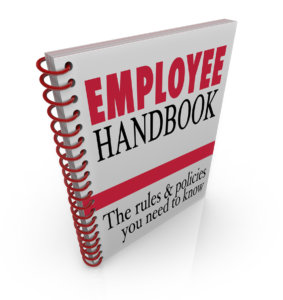
The process of educating your employees on the laws, regulations and company policies that apply in their day-to-day jobs is known as compliance training.
The aim of compliance training is to ensure that the company (through the actions of its staff) obeys all of the legal laws and regulations that relate to how it must operate.
Effective compliance training therefore helps employees to understand their responsibilities with regard to these legal boundaries and as such addresses some very important issues. It should be taken very seriously. However, many businesses fail to address compliance training properly.
In this article we share some tips on how to ensure the compliance training you provide is effective so that your employees understand the regulations they must adhere to and are encouraged to act in a way that creates a good work place culture.
Compliance training can be thought of as two distinct areas:
1. Health and safety compliance training. This would include subjects such as fire safety, noise at work, stress awareness etc. Your employees need to know about the rules and regulations surrounding these topics in order to work safely, and protect their own and other people's health.
2. Business protection training. The primary focus of this type of training is to ensure employees understand how to act so as to protect the business from legal action and/or commercial threats. Topics under this heading typically include cyber security, bullying and harassment, GDPR, use of the internet etc.
The topics in both areas are, by their nature, information heavy. Your employees need to absorb and understand this large amount of information. It is therefore, very easy to overwhelm your employees by swamping them with verbal information or giving them a large manual to read. However both these approaches mean they do not learn effectively.
Breaking the content up into shorter, bite-sized pieces helps people learn more. Most people find it hard to concentrate for more than 45 minutes continuously – and some people find this too long!
Giving people the freedom to dip in and out of the learning is also helpful. It allows people to learn at their own pace. This is why online compliance courses can be so effective – they allow people to study at their own pace and review information they are not sure about. It also helps that online courses are mobile friendly so can be accessed on-the-go or at times when people are less busy.
Of course, simply viewing a tutorial or reading a manual is not enough – you need to know that your employees have actually understood what they have seen and read. There should be a compulsory knowledge check at the end of every compliance training session with a minimum pass rate set (industry standard has set this as 70%). Of course, you as the manager could verbally check for understanding – but this is time consuming, so for efficiency taking the test online at the end of a tutorial works better.
Do not assume that induction is the only time compliance training should be provided. People quickly forget and laws can and do change. Make compliance training something that is done regularly. Include the taking of compliance training courses as an objective in your employees’ appraisals.
To demonstrate compliance you should keep records of the type and date training was delivered. Storing a copy of the course completion certificate in each employee’s personnel file is an easy way to do this. These can then be reviewed at that employees next appraisal.
Spearhead provides a full range of health and safety and business protection online compliance training courses.
